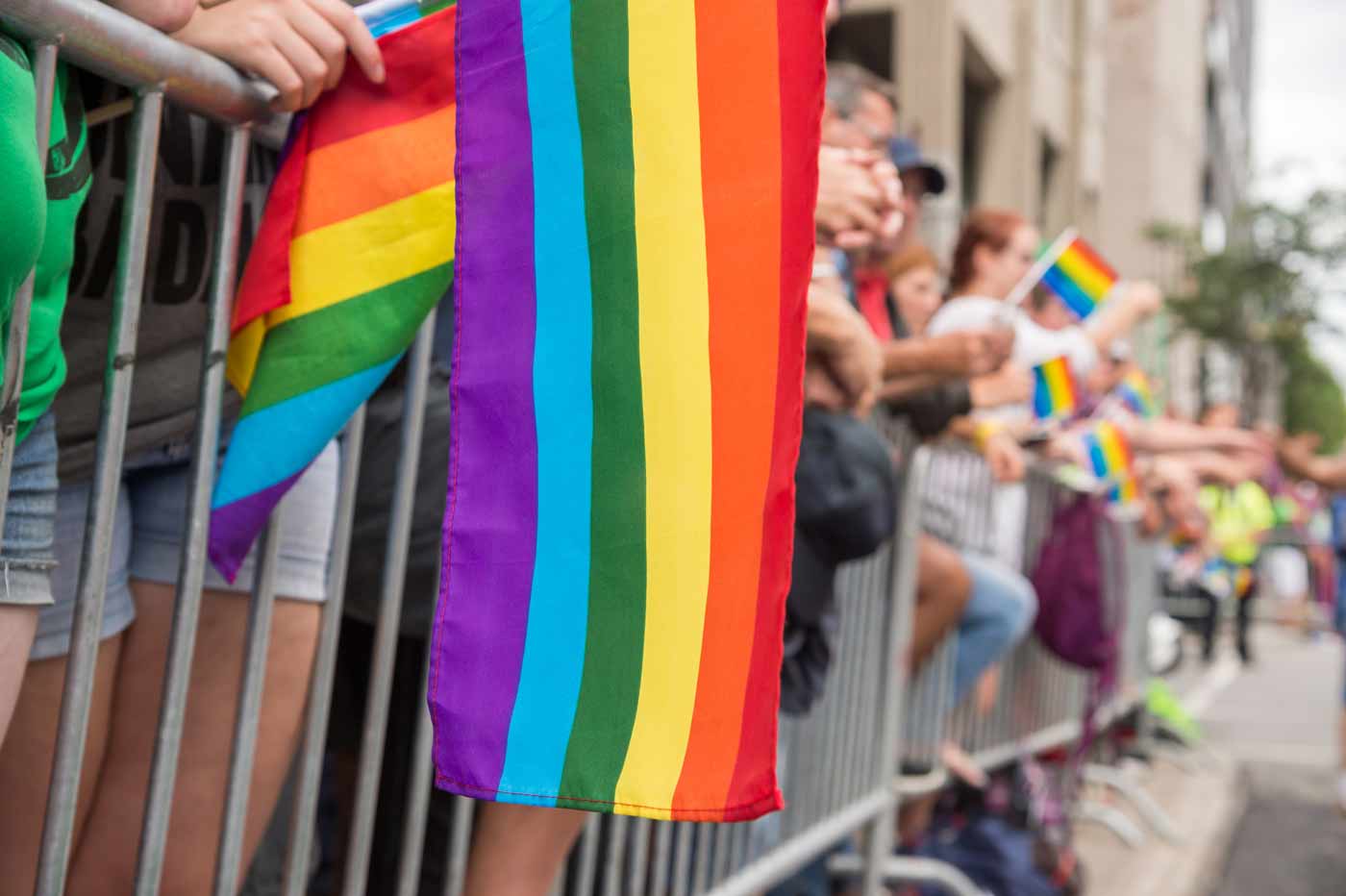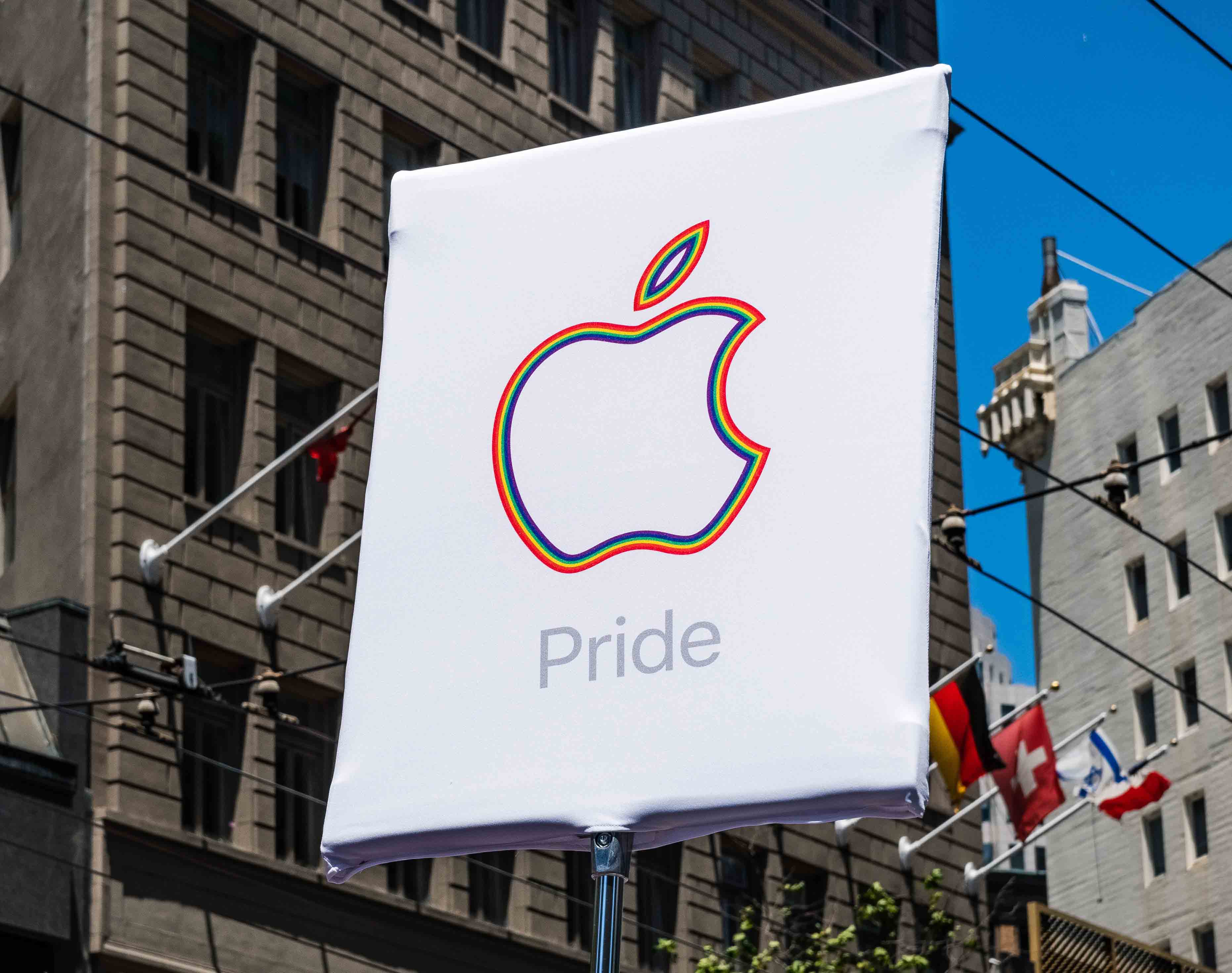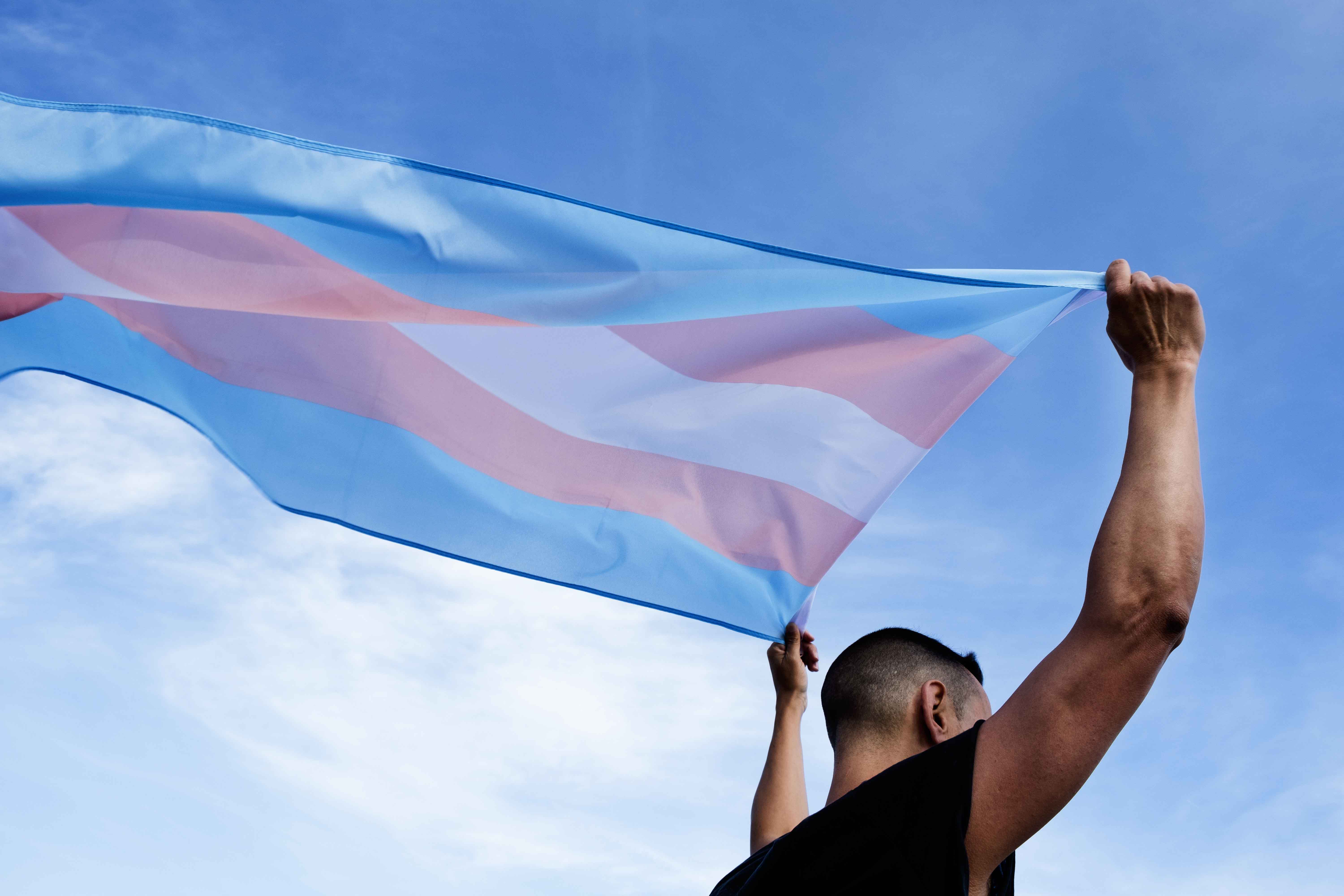
Four Tips for Marketing to the LGBTQ+ Community
Filed Under: Best Practices, Market Research, LGBTQ+
Anna Rossi
Senior Director, Quantitative Research
Updated May 2024
It is estimated that there are more than 25 million members of the LGBTQ+ (lesbian, gay, bisexual, transgender, queer) community living in the United States. The community has an important voice that marketers should not ignore. They also have strong buying power, and although more brands than ever are supporting the LGBTQ+ community, there’s still more opportunities to build loyalty with this consumer group.
In fact, some studies show that coupled gay men bring in higher incomes than straight households and that lesbians earn around 9% more than straight women. And the LGBTQ+ community as a whole reports having a positive economic outlook; which means more spending money – to buy products and services. LGBTQ+ households also tend to spend more than non-LGBTQ+ households on media, alcohol, pet care, seafood, deli, and online shopping.
While this is encouraging, it is even more important is that brands understand the LGBTQ+ community and speak to them in an authentic, non-stereotypical way. Our multicultural division, CultureBeat can guide you in understanding this diverse group to build loyalty and trust. Here are four tips to aid you in authentically reaching this segment:
Here are 4 Tips for Marketing to the LGBTQ+ Community

1. Advertise in Mainstream Media.
Not surprisingly, the vast majority of advertisements in mainstream media are targeted at non-LGBTQ+ people. People from the community are watching the same shows and reading the same magazines though. And just as we’ve seen brands become more inclusive with gender and ethnicity, if it’s right for their brand, shouldn’t they do the same with this segment? And with there being very little advertising directed toward the LGBTQ+ community, they will take notice.
2. Advertise in LGBTQ+ Specific Media.
There’s a plethora of media channels geared specifically to LGBTQ+ people. LGBTQ+ magazines, bars, advocacy groups, websites, events, movies, and TV shows are all great ways to directly target LGBTQ+ consumers and let them know your brand specifically resonates with them. And while most may not like having their mainstream TV shows, magazines, or events interrupted by ads, LGBTQ+ consumers know that the ads featured in their favorite media channels are much needed support to keep those channels alive. In fact, most people in the community regularly read or view LGBTQ+ media and think more positively about companies that advertise in LGBTQ+ media.
3. Use LGBTQ+ Messaging.
There are many ways a brand can use LGBTQ+ messaging, and this is key. UberEats has recently used Lil Nas X and Elton John, celebrity gay musicians, in their commercials. Campbell’s and Cheerios have used LGBTQ+ couples/families in theirs. Absolut Vodka used the tagline “Absolut Pride” coupled with rainbow bottles and Subaru sponsored fictional lesbian tennis player Dana Fairbanks in the TV show The L Word. The key here is to speak directly to the LGBTQ+ community but remain authentic and thoughtfully plan your messaging.

4. Show up to Genuinely Support the LGBTQ+ Community.
If you show the LGBTQ+ community loyalty, then they’ll return the loyalty back to your brand. How can you do this? Support Pride celebrations. Support your LGBTQ+ employees. Be present in their communities. Subaru was the first car company to extend employee benefits to same-sex partners. This, coupled with their lesbian advertising, has helped them develop a loyal lesbian consumer base. Target has been a top LGBTQ+ brand for years, but they received a huge increase of LGBTQ+ people making a conscious decision to purchase from them after they made headlines for their supportive transgender policies. Citi’s ‘True Name’ feature allows transgender and non-binary customers to update their chosen first name on eligible credit cards because they recognize that many trans people don’t have even one identity document that reflects the name they use in their daily lives and this can contribute to the violence against them. On the other hand, LGBTQ+ people report boycotting brands like Chick-fil-A, Hobby Lobby, and Cracker Barrel for their anti-LGBTQ+ policies. How will supporting the LGBTQ+ community create loyalty for your brand? When LGBTQ+ people exercise their spending power, they want to know that they aren’t doing damage to their own community. They may have more spending money, but they won’t give it to a company that doesn’t support their basic rights like marriage equality, spousal benefits, adoption, the opportunity to play sports, having their history and lives acknowledged in schools, and more.
What LGBTQ+ consumers really want is a sense of belonging – that your brand understands them and wants to reach them where they are. Do this the right way, and you could have big rewards.
explore featured
Case studies

